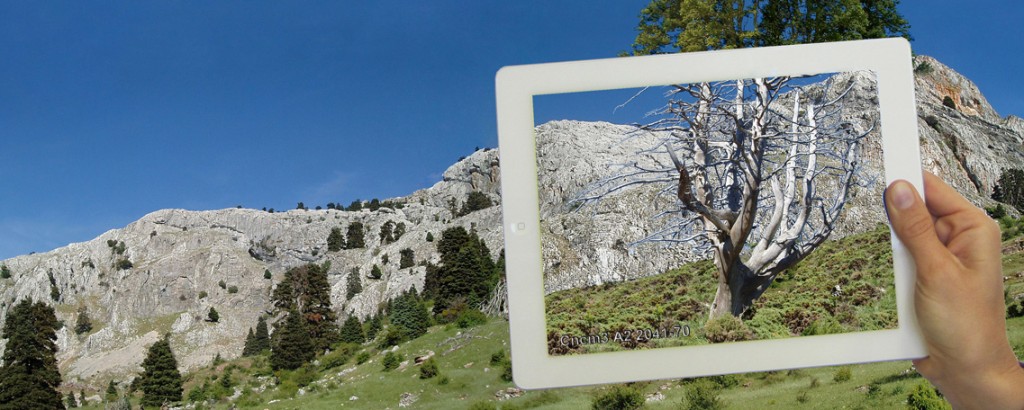What is climate change?

There is an urgent need for our planet to understand climate change. Until now Earth has been adapting to different changes in the climate, given that this is dynamic and so its regulation depends on many factors. But these changes are on scales of thousands of years and that is why people think that the climate remains stable. The causes which provoked the transition from colder periods (called ice ages) to other warmer ones, like the present (called Holocene) have always been natural.
What is different about present climate change, is that it is being produced by human activity and therefore of anthropogenic origin. Man’s industrial and economic activity is overburdening the planet with gases, transforming ecosystems, altering life and producing an overload of rubbish and waste which are taking the climate towards an irreversible change of very worrying consequences.
The climate remains stable, thanks to a relation of balance between all the factors that influence it, like passengers on a small raft, who, in order to keep it afloat need to distribute their weight. Nowadays, due to man’s contaminating action, the weight is being unbalanced and we could overturn the raft.
What evidence have we got of climate change?
The first voices of alarm were raised publicly in 1979 at the World Conference on climate in Geneva. Later would come world acceptance of the Kyoto Protocol in 1997, where governments of the world proposed measures to slow it down. Another worthy effort was the setting up of the IPCC (Intergovernmental Panel on Climate Change): since 1988 thousands of scientists and experts from all over the world, voluntarily and objectively, contribute to investigate climate change and its risks. To date, five reports have been made and with each one, more is known and research methods improved in such a way that scientific certainty of our being immersed in a transformation of the climate due to human activity has grown.
The most notable evidence and what first raised alarm, was the current referred to as El Niño in Central America which, with meteorological catastrophes, showed that the climate was warming up.
The rise in temperature of up to 2.5ºC in the Antarctic Peninsula, which is melting great surfaces of ice, is additional proof.
An imbalanced climate, like the serious droughts in Japan in 1994 at the same time as China suffered the worst floods of the century. In the United States, over the twentieth century hurricanes and floods became common.
In 2003, a historic heat wave was recorded in Spain and in other European countries. Scientists agree that what these phenomena and many others which are being studied around the world have in common, are climatological disturbances.
What is the greenhouse effect?
The same thing happens on planet Earth as inside a greenhouse, where heat is maintained and plants benefit from this. If in a greenhouse this effect is achieved by being covered in plastic, which acts like a warm coat, on the planet it is achieved by a series of gases which retain solar energy and stop it escaping into the exterior. These gases are carbon dioxide, methane, nitrous oxide, ozone, water vapour and others created by man. The greenhouse effect is therefore natural and necessary for life; without it we would freeze.
But the present problem is that man is tipping enormous quantities of gases from his industrial and economic activity beyond the needs of the planet and its capacity of balance, and as a consequence we are overheating. This warming provokes a series of consequences: climatic catastrophes, desertification, salinization of the sea, rising sea-levels, changes in biological cycles, etc.
What changes are foreseen for the future?
Several mathematical models exist which establish what the climate will be like at the end of the 21st century. These models vary depending on whether human beings continue contaminating as they have until now, or on the other hand, they reduce greenhouse gas emissions on a world scale.
The most pessimistic forecasts talk of more frequent heat waves. In our Mediterranean area, the average winter temperature will rise up to six degrees and in summer 3.8 degrees.
In Extremadura, by the end of the century, an increase in the minimum and maximum temperature of some 4ºC is forecast, apart from a decrease in rainfall of 20%, according to data from the Observatory of Climatic Change of Extremadura.
The ocean will rise, putting coastal areas and beaches in danger.
Ice will continue to disappear and according to experts it is possible that by 2050 the Arctic will almost be without ice.
The ocean will become more acidic and this will negatively affect its life forms.




